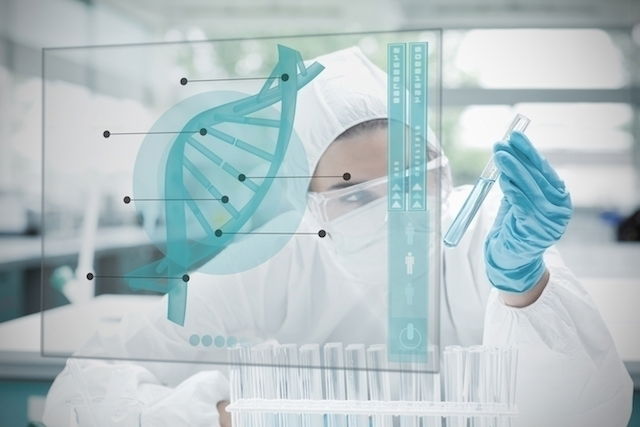Mitochondrial diseases are genetic and hereditary diseases characterized by a deficiency or decrease in the activity of mitochondria. They are associated with insufficient energy production in the cell, which can result in cell death and, in the long term, organ failure.
Mitochondria are small structures inside cells that are responsible for producing over 90% of the energy needed for cells to perform their function. Mitochondria are also involved in other important bodily functions, like the formation of heme in hemoglobin molecules, cholesterol metabolism, the formation of neurotransmitters and the production of free radicals. This is why any abnormality in mitochondrial functioning can lead to serious health consequences.
Mitochondrial diseases are typically diagnosed by a geneticist, who will order genetic and molecular tests to identify abnormalities in the functioning of this organelle.

Main symptoms
In general, the symptoms that can be indicative of mitochondrial disease are:
-
Muscle weakness and loss of muscle coordination, as muscles require a large amount of energy
-
Cognitive changes and degeneration in the brain;
-
Gastrointestinal changes, when there are mutations related to the digestive system;
-
Heart, eye, kidney or liver problems.
However, these symptoms can present with other health conditions, which is why other general tests to rule out these conditions are ordered prior to completing specific genetic tests.
The symptoms of mitochondrial diseases can vary according to the mutation, the number of mitochondria affected within a cell and the number of cells affected. In addition, they can vary according to where the cells and mitochondria are located. Mitochondrial diseases can appear at any time of life, but the earlier the mutation manifests itself, the more severe the symptoms will be and the higher the likelihood of death.
Confirming a diagnosis
Diagnosing a mitochondrial disease is difficult, as the symptoms of the disease may present very similarly as other health conditions. A mitochondrial diagnosis is usually only made when the results of routine tests are inconclusive. Most of the time, mitochondrial disease is identified by doctors specializing in mitochondrial diseases through genetic and molecular tests.
Possible causes
Mitochondrial diseases are genetic, meaning they manifest according to the presence or absence of mutations in mitochondrial DNA. Every cell in the body has hundreds of mitochondria in its cytoplasm, each with its own genetic material.
The mitochondria present within the same cell can differ from one another, just as the amount and type of mitochondrial DNA can differ from cell to cell. Mitochondrial disease occurs when, within the same cell, there are mitochondria whose genetic material has mutated. This ultimately has a negative impact on the functioning of the mitochondria.
Therefore, the more defective mitochondria in a cell, the less energy is produced and the greater the likelihood of cell death. This compromises the functioning of the organ to which the cell belongs.
Treatment options
Treatment for mitochondrial disease is aimed at promoting quality of life and slowing down the progression of the disease. The doctor may prescribe vitamins, hydration and a balanced diet. In addition, it is not advisable to engage in very intense physical activity so that the body has sufficient energy levels to maintain the basic bodily functions. It is important for patients with mitochondrial disease to conserve their energy.
Although there is no specific treatment for mitochondrial diseases, it is possible to prevent the mutation of mitochondrial DNA from being passed on from generation to generation. This can happen by combining the nucleus of the egg cell, which corresponds to the egg fertilized with the sperm, with healthy mitochondria from another woman, called the mitochondria donor.
In this way, the embryo would have the genetic material of both parents and the mitochondria of another person, and is popularly called a "three-parent baby". Despite its effectiveness in interrupting heredity, this technique still needs to be regularized and accepted by ethics committees.
